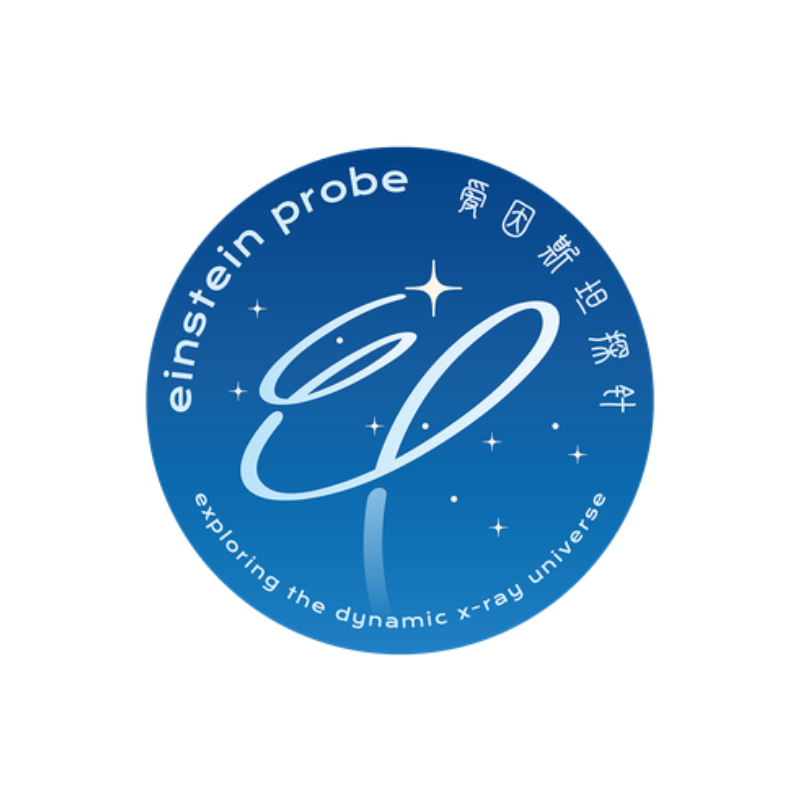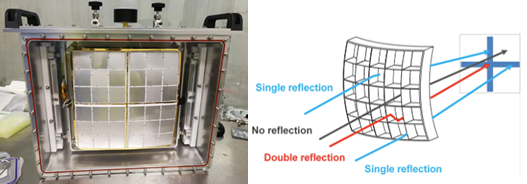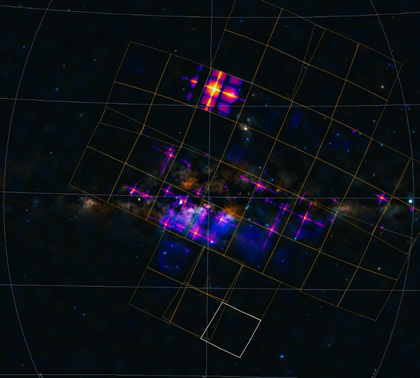
Einstein Probe
Exploring the dynamic X-ray Universe
SHORT DESCRIPTION
The Einstein Probe (EP) satellite is a mission of the Chinese Academy of Sciences (CAS) in collaboration with the European Space Agency (ESA) and the Max Planck Institute for Extraterrestrial Physics (MPE) in Munich, dedicated to the study of transient phenomena – that is, phenomena that do not shine continuously but that appear and disappear – in high-energy astrophysics (X-band of the electromagnetic spectrum). Launched on January 9, 2024 from the Xichang space center in Sichuan province, it successfully reached its orbit about 600 km from Earth from which it completes a revolution around the Earth every 96 minutes with an orbital inclination of 29 degrees.
The mission operations team – a collaboration led by CAS and including ESA, the MPE and the French Space Agency (CNES) – has now completed the testing phase necessary to confirm the functionality of the spacecraft and is carrying out in-orbit calibration activities, before starting routine scientific observations around mid-June.
ROLE OF THE OBSERVATORY
Our observatory participates in the Einstein Probe mission with our researcher Giancarlo Ghirlanda (ESA Appointed Scientist) who applied to an ESA call for access to scientific data.
OBSERVATORY STAFF INVOLVED
- Giancarlo Ghirlanda
TIMELINE
2024 – 2027
WEBSITE
Einstein Probe (official website)
CONTACT
giancarlo.ghirlanda AT inaf.it
CREDIT
Web page content: G. Ghirlanda.
LEARN MORE
Main goals of the project
To improve our understanding of the most energetic processes in the cosmos by identifying new sources of X-rays and monitoring their change over time. During its three-year mission it will discover/reveal:
- compact, accreting objects such as black holes and neutron stars,
- gamma ray bursts,
- supernova explosions,
- star flares and X-ray light from other solar system objects such as comets,
- dormant supermassive black holes whose presence can be detected by X-ray emission from nearby stars triggered by strong tidal forces,
- finally, X-rays coming from the collision of two massive compact objects (2 neutron stars or a black hole and a neutron star) which give rise to gravitational waves.
Lobster Eyes to Probe the Universe
The probe has two scientific instruments on board: the Wide-field X-ray Telescope (Wxt), a sort of “wide angle” capable of capturing almost an eleventh of the entire celestial sphere in a single pointing with moderate spatial and energetic resolution, and the more sensitive Follow-up X-ray Telescope (Fxt – 2 units), the “telephoto lens” dedicated to the detailed observation of the short-duration events captured by the Wxt.
The WXT instrument is composed of twelve modules based on the so-called lobster-eye optics, flight-tested in 2022 by the Leia (Lobster Eye Imager for Astronomy) technology demonstrator.
In these optics, the X-rays are focused onto the sensor by reflection on tiny cubic cells arranged on the surfaces of the 12 modules, similar to the vision of a lobster. The twelve modules provide a field of view of over 3600 square degrees, allowing Einstein Probe to monitor the entire sky in just three orbits.
The way the “lobster eyes” optics work means that the detections of highly energetic objects take on the characteristic appearance of a bright “plus” sign.
During the mission, the WXT detections will be used to alert numerous telescopes on the ground and in space in order to perform follow-up observations in different bands of the electromagnetic spectrum. For the X-ray band, follow-up observations can also be made directly by the Fxt instrument on board the satellite.
In the search for the X-ray universe, Einstein Probe “… is the right mission at the right time. With the large X-ray satellites Chandra and XMM each more than twenty years old, eRosita on standby for the war in Ukraine and NewAthena expected in 2037, in the short and medium term it is up to Einstein Probe to allow us to capture and study transients in the X-ray sky“, as Luigi Piro and Giancarlo Ghirlanda of the National Institute for Astrophysics – both among the scientists selected by ESA to participate in Einstein Probe – conclude in the Italian article “Einstein Probe opens its eyes to the X-ray sky” by MediaInaf on 27/04/2024.

Left: One of the 12 lobster-eye optics modules of the WXT. The gray squares cover tiny cubic cells that guide X-rays to the internal CMOS detector. The squares are made of 150 nanometers of aluminum and 100 nanometers of polyamide. They protect the X-ray telescope from optical light pollution – Credits: X-ray Imaging Lab, NAOC, CAS. Right: Optical scheme: X-rays from a distant source illuminate the cells and are focused onto the focal plane where the CMOS detector is located, resulting in a characteristic bright “plus” sign. Some rays do not interact with the cell walls and can end up anywhere on the detector, but most will be reflected. Rays reflected only from the top or bottom wall cause the horizontal bar, while rays reflected only from the left or right wall cause the vertical bar. Rays that reflect off both walls (double reflection) end up in the center of the image, resulting in a strong signal – Credits: CAS

Image of the Milky Way in X-rays acquired by the Wide-field X-ray Telescope (Wxt) instrument of Einstein Probe during the calibration campaign. About twenty purple crosses stand out: they are the characteristic “plus” shaped signs and have a bright point in the center – Credits: Epsc, Nao/Cas; Dss; Eso.
